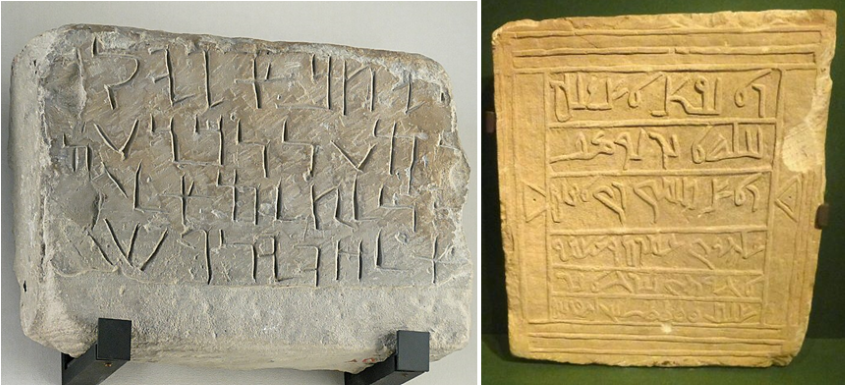Saudi Academic: modern Arabic script emerged from the Nabataean script in historic towns in northwestern Saudi Arabia
RYADH — In a lecture at Imam Mohammad Ibn Saud Islamic University, Saudi scholars have revealed that the variety of scripts from ancient civilizations, including the Thamudic and Nabataean scripts, demonstrates the long-standing interaction between Arabs and neighboring societies. The scholars noted that modern Arabic script originates from the Nabataean script in the historic cities of Tayma and AlUla, both located in contemporary northwestern Saudi Arabia.
Retired professor Sulaiman Al-Theeb explained that the wide range of inscriptions found, reflects the deep cultural exchange between Arabs and neighboring civilizations. The different discovered writings are all over Saudi Arabia and include other Arabic dialects such as Thamudic, Sabaean, Minaean, Safaitic, Dadanic, and the Aramaic language.
Al-Theeb further explained that these inscription sites document a rich history of cultural interaction with the neighboring societies of antiquity, including Assyrian, Babylonian, Hebrew, and Greek civilizations. He also discussed the relationship between language and writing, detailing how the Nabataean script evolved in Tayma before transforming into the Arabic script found in AlUla by the 1st century CE.























